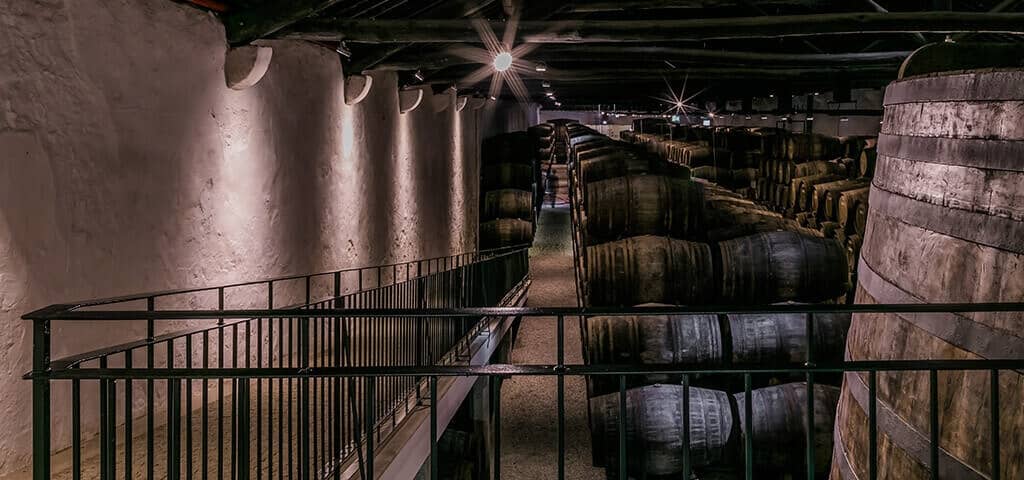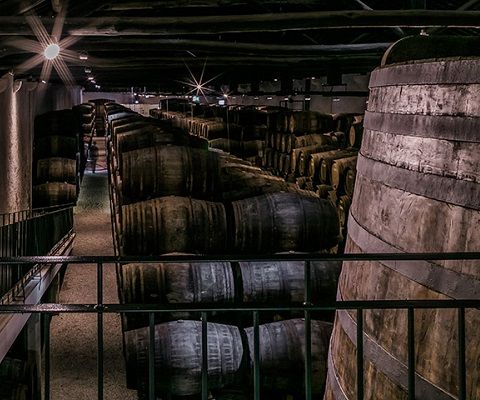Ageing & Port Styles
In 1880 Henry Vizetelly, the great nineteenth century authority and writer on wine, wrote, ‘… it has been said that there are as many styles of Port wine as shades of ribbon in a haberdasher’s shop.’ Even in Vizetelly’s day this was probably something of an exaggeration.
However, the diversity of different styles offered by Port is certainly one of its greatest attractions. There are Ports for all occasions and budgets, from rare Vintage Ports for the fine wine collector to delicious and affordable wood aged styles for relaxed entertaining. Port, with its wealth of different characters and aromas, offers almost limitless opportunities for pairing with food and few wines can compete with it in richness of flavour.
The different styles of Port derive essentially from the various ways in which it can be aged. Its remarkable ageing potential and the fact that it is fortified mean that Port will continue to improve in cask, vat or bottle for much longer than most other wines. The choice of ageing period and ageing vessel will determine what the Port tastes like.
As Port matures, the firm tannins and intense fruity flavours of youth gradually give way to the velvety smoothness and mellow, nuanced character which develop with age. At the same time there is a change in the wine’s appearance, its initial deep red colour slowly becoming paler and evolving into the subtle amber hue known as ‘tawny’. If left for long enough, all Ports will eventually make this change. However, the speed at which this occurs will depend on what the Port is aged in.
A Port wine which is aged in wood is in contact with the air and will evolve more rapidly than one which ages in bottle and has almost no air contact. In a small cask, where air contact is greatest, the wine will age faster than in a large vat where it is more limited.
Ports can be broken down into two broad ‘families’: Wood aged Ports (sometimes known simply as ‘wood Ports’) which age in cask or vat, normally made of oak, and bottle aged Ports which, as the name indicates, spend most of their lives maturing in bottle.
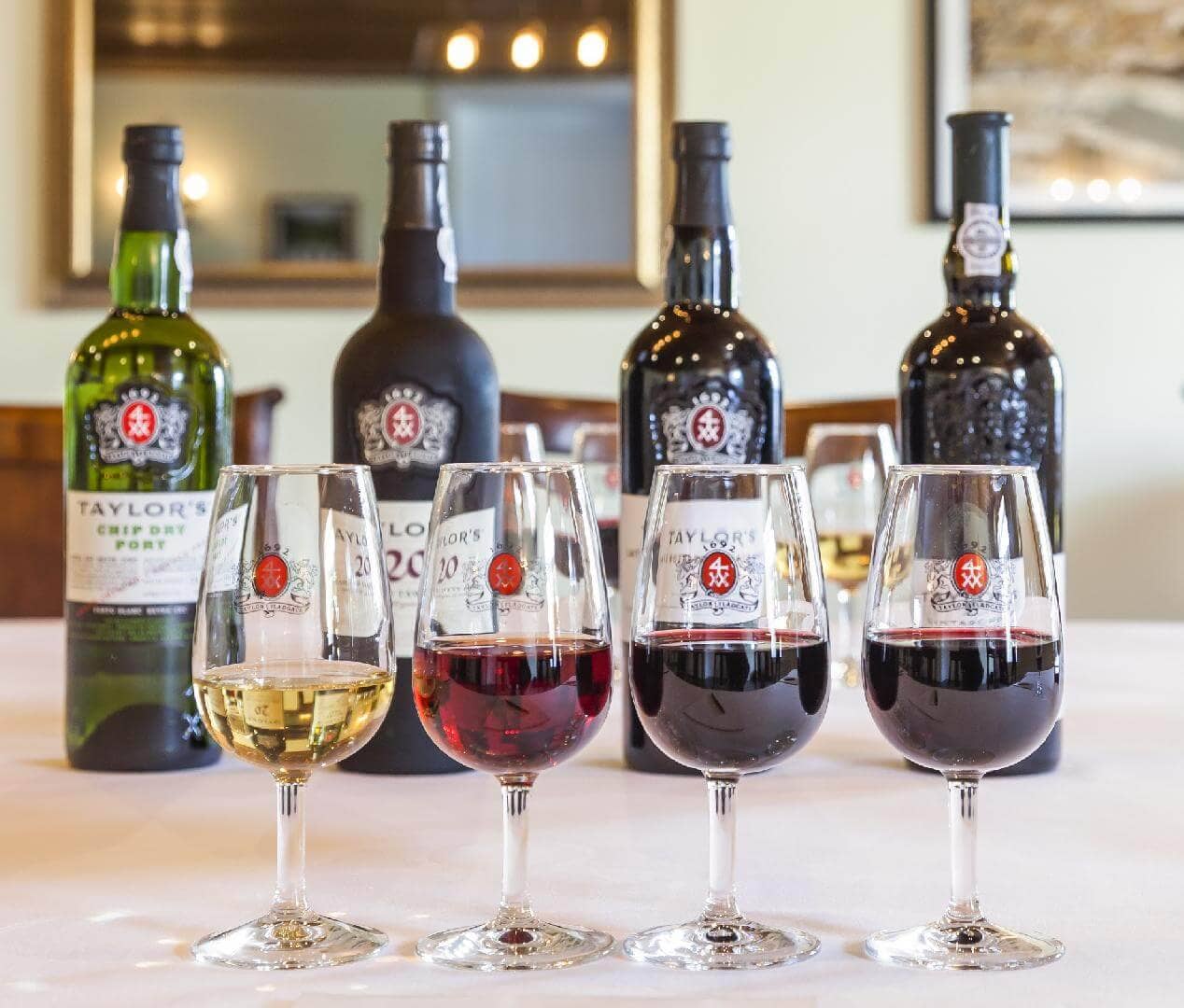
Within the wood aged Port family, there are three main styles:
- Full bodied, fruity red Ports which age for a relatively short time in large oak vats. These include Ruby Ports, usually aged in vat for two or three years, Reserve Ports which are generally of higher quality and age for slightly longer and Late Bottled Vintage Ports which remain in vat for between four and six years. Although offering different degrees of complexity and sophistication, these wine share a deep red youthful colour and intense fruity flavours reminiscent of cherry, blackberry and blackcurrant.
- Rich and mellow tawny ports which age for longer periods in oak casks. These include the sumptuous 10, 20, 30 and 40 year old tawny Ports whose delicious nuttiness and aromas of butterscotch and fine oak wood intensify the longer they spend in wood. Taylor’s has one of the largest reserves of aged tawny port, maturing in its lodges in Vila Nova de Gaia, and offers the full range of ages.
- White Ports, made from classic white Port grapes, which are usually aged for two or three years in large vats and are available in sweeter or drier styles. Taylor’s Chip Dry, the first dry white Port first launched in 1934, is one of the best known white Ports.
The bottled aged family of Ports is made up mainly of Vintage Port although it also includes a small category called Crusted Port.
- Vintage Port represents the very best produce of a single outstanding year. It remains in vat for only about two years and then ages in bottle. Although Vintage Ports can be enjoyed when young, they will improve for many decades in the cellar and are among the most long-lasting of all wines. Taylor’s Vintage Ports in particular are noted for their longevity. Vintage Ports are the most structured and powerful of all Ports.
- Crusted Ports are not made from wines of a single year but, like Vintage Ports, are capable of maturing in bottle. Also like Vintage Ports, they are not filtered before bottling and will form a ‘crust’ (natural sediment) in the bottle as they age.
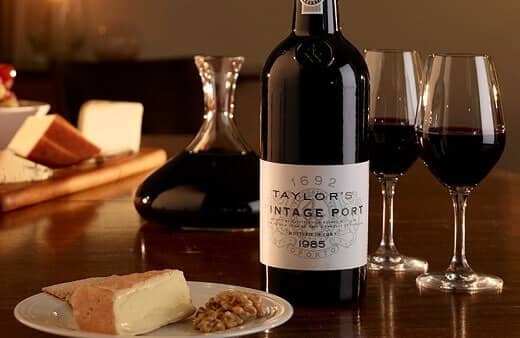
PORT WINEClassic Vintage
Vintage Port is one of the world's great classic wines and is produced in very limited quantities, from only the very finest 'declared' years.
Read More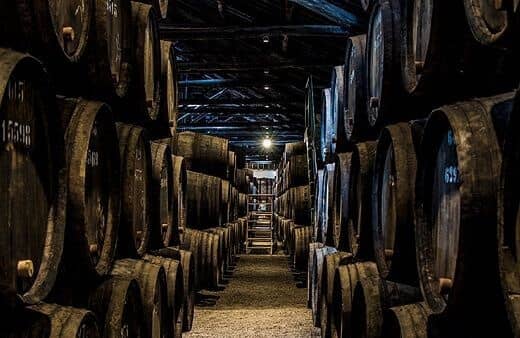
VINEYARDS & PROPERTYLodges & Cellars
Taylor’s Port wine cellars in the heart of the historic area of Vila Nova de Gaia house most of the company’s extensive reserves of wood aged Port as well its Vintage Port cellars.
Read More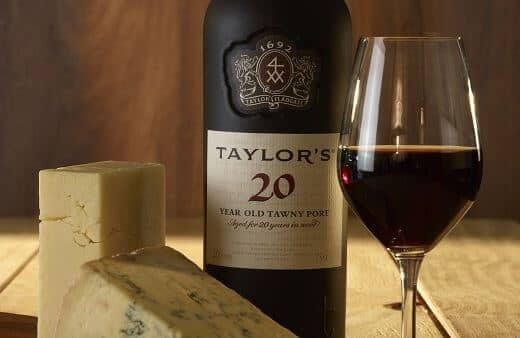
Port Wine20 Year Old Tawny
In the 20 Year Old tawny, the fruit has mellowed further than in the 10 Year Old, and the spicy, nutty aromas of ageing are more powerful and intense.
Read More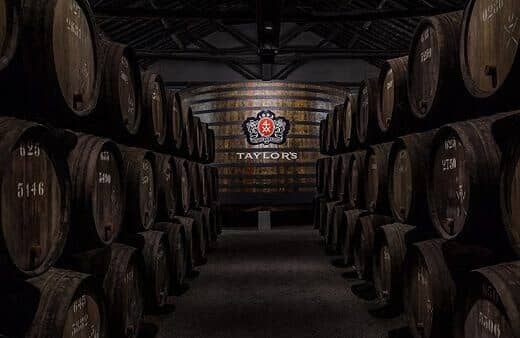
Visit Taylor'sVisit Our Cellars
Learn about the history of Port wine and its production today, the Douro Valley and the house of Taylor’s.
Read More
